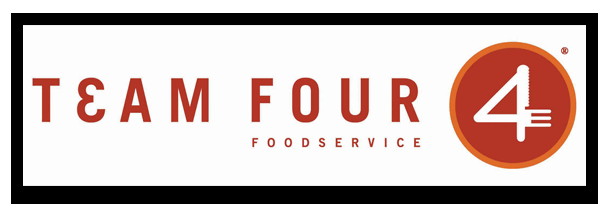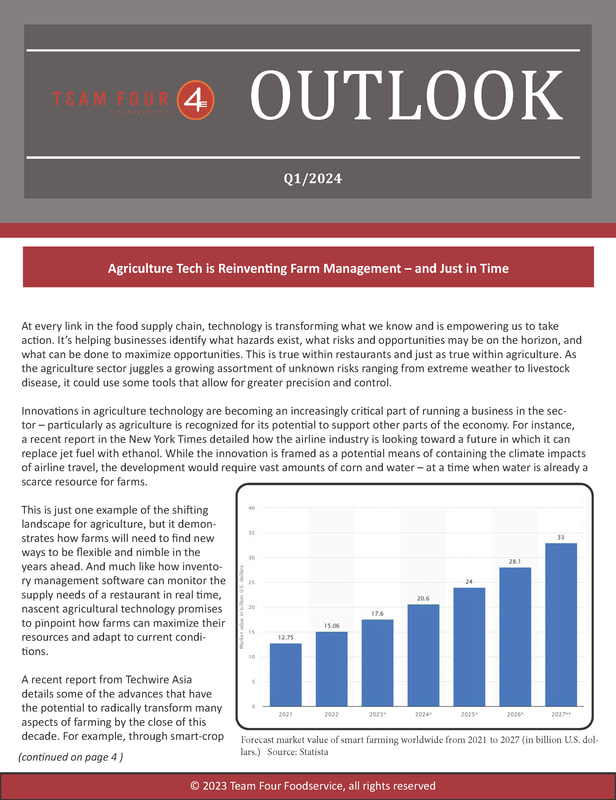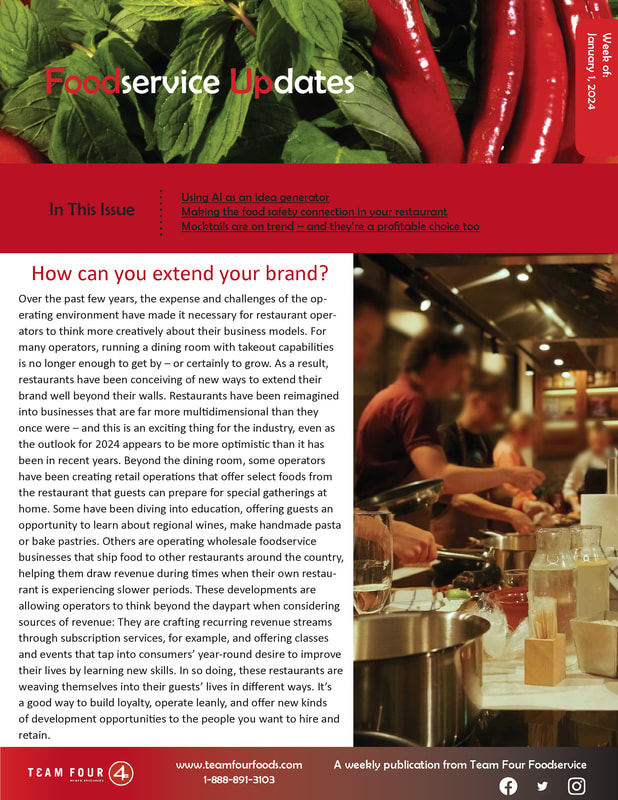 High interest rates, inflation and labor challenges can make any restaurant feel financially stretched right now. If you’re looking for some relief in the form of a loan or line of credit to help you manage expenses or invest in critical infrastructure, there are a number of financing options you may be exploring. To ensure you’re maximizing the upside potential of a cash infusion and minimizing the possible downsides, consider some guidance from Jacques Famy Jr., cofounder of the small business loan agency Advancepoint Capital. In a recent Forbes report, Famy recommended a hierarchy of financing options available to restaurants. Consider your current bank first. You’re most likely to find the best rates there on business lines of credit or SBA loans. From there, look to online business lenders. They often offer a faster, easier financing application process than your bank would, but it comes at a price: shorter terms in which to pay back a loan (often six to 18 months for restaurants, and at a higher interest rate than you might find from your bank). Next, you might look into a merchant cash advance. It’s become a tool that more operators are considering as they need to find creative ways to preserve profits in the challenging economic conditions of the past several years. These advances are agreements in which a business receives a lump sum of cash up front in exchange for a portion of future revenue. They can be a preferable option for businesses that struggle to present themselves as creditworthy because the providers base the advance on current and historic sales volumes as opposed to credit scores. These options are more readily available than traditional financing but also come with higher fees and overall costs. Consulting a business loan broker could help you make sense of the broader lending landscape if you’re unsure which financing option you want. You can shop around for the best product and lender with help from the broker — and the options may be more plentiful than what you’d find at your bank. Just know that the broker may be representing only certain products. In general, as you prepare to make your case to potential lenders, gather a range of information to help you make a case that you’re a good risk. Beyond submitting a complete application, gather all bank statements needed, as well as tax returns, profit and loss statements, debt obligations and other financial documentation that demonstrates your restaurant’s financial history and health. Know the credit score of the business and the owner’s personal credit score. Also be prepared to submit other documentation proving ownership of the business, supporting licenses and other documents that would help with your background check. Presenting yourself as organized and thorough could help you lay the groundwork for a stronger partnership with your lender — and help you secure additional financing options at beneficial terms down the line.
0 Comments
Leave a Reply. |
More Financial MattersWhat’s the best financing option for my restaurant?Build revenue through the kitchenLegal claims: Are you leaving money on the table?Archives
June 2024
Categories
All
|
Foodservice CEO is provided for informational purposes only. It is intended to offer foodservice operators’ guidance regarding best practices in running their operations. Adherence to any recommendations included in this Guidance will not ensure a successful operation in every situation. Furthermore, the recommendations contained in this website should not be interpreted as setting a standard of operation or be deemed inclusive of all methods of operating nor exclusive of other methods of operating.
Copyright 2023 Team Four Foodservice, All Rights Reserved.




 RSS Feed
RSS Feed